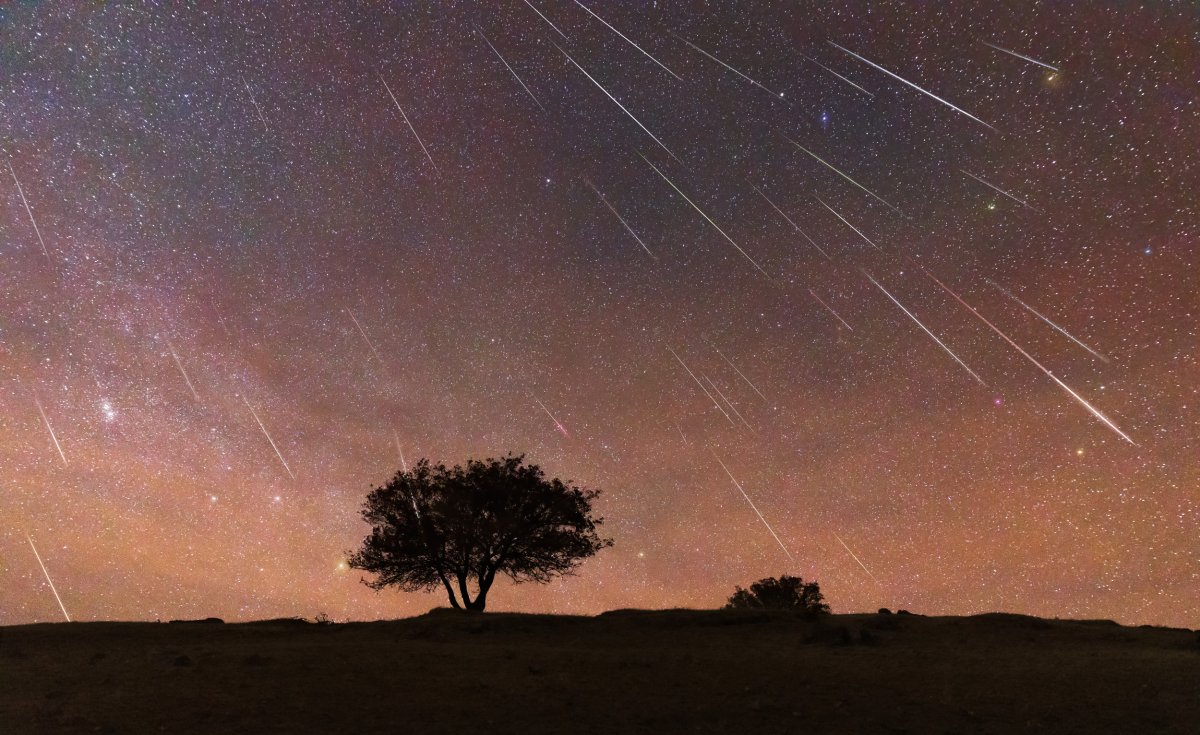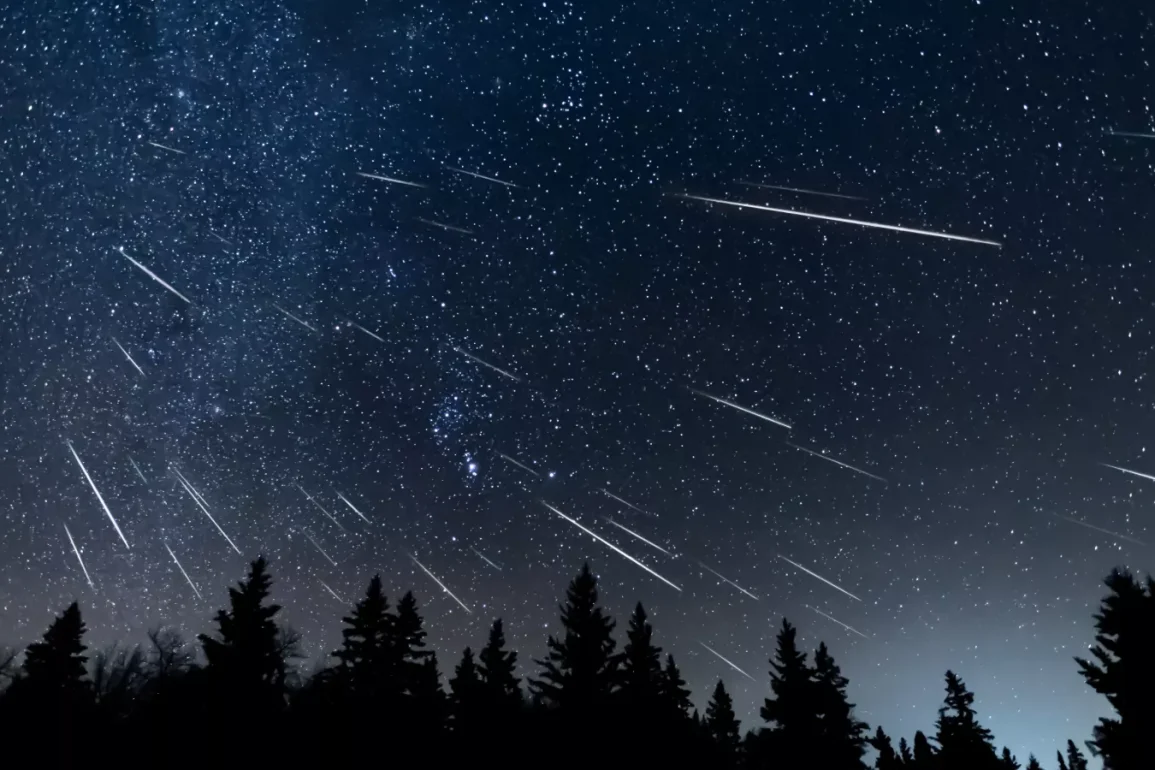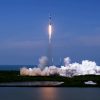The Draconid meteor shower, which peaked on Tuesday, is still visible until Thursday, offering one more chance to catch a glimpse of this elusive celestial event. Unlike other meteor showers that are best seen late at night, the Draconids are most visible right after nightfall.
This is because the shower’s radiant point — the area in the sky where meteors seem to originate — is highest in the evening during this time of year. Though generally not a strong meteor shower, with only a few meteors visible per hour, there is always a possibility of an unusual burst of hundreds of meteors in a short period, making it worth watching.
Meteor showers are best viewed from areas with dark, clear skies, but for those in the Bay Area, viewing conditions may be less ideal due to cloud cover. Meteorologist Rachel Kennedy from the National Weather Service notes that while North Bay regions will likely have more overcast skies, areas further inland may have better visibility.

The marine layer will be shallower, keeping the thickest cloud cover closer to the coast. Stargazers should seek out darker skies away from urban lights for the best chances of seeing the Draconids.
Although the Draconid shower is coming to an end, it kicks off a busy season of meteor showers through the remainder of 2024. The Orionids, which have been active since September, will peak on October 20-21, though viewing may be impaired by a nearly full moon.
The Southern Taurids, known for producing bright fireballs, will peak on November 4-5, offering a better chance for meteor viewing with only 11% of the moon illuminated at that time.
In addition to the Southern Taurids, the Northern Taurids will also be active from October 13 to December 2, with a peak on November 11-12. Though this shower also has the potential for fireball activity, viewing might be difficult due to the moon being 79% full at that time. However, the overlapping period of the Southern and Northern Taurids in late October and November could increase the chances of seeing these bright meteors.
Rounding out the year are the Geminids and the Ursids meteor showers. The Geminids, typically the strongest meteor shower of the year, will peak on December 13, though the bright full moon may make it challenging to see all the meteors. The Ursids, visible only in the Northern Hemisphere, will peak on December 21 with 5-10 meteors per hour expected, offering one last chance for meteor viewing in 2024.

